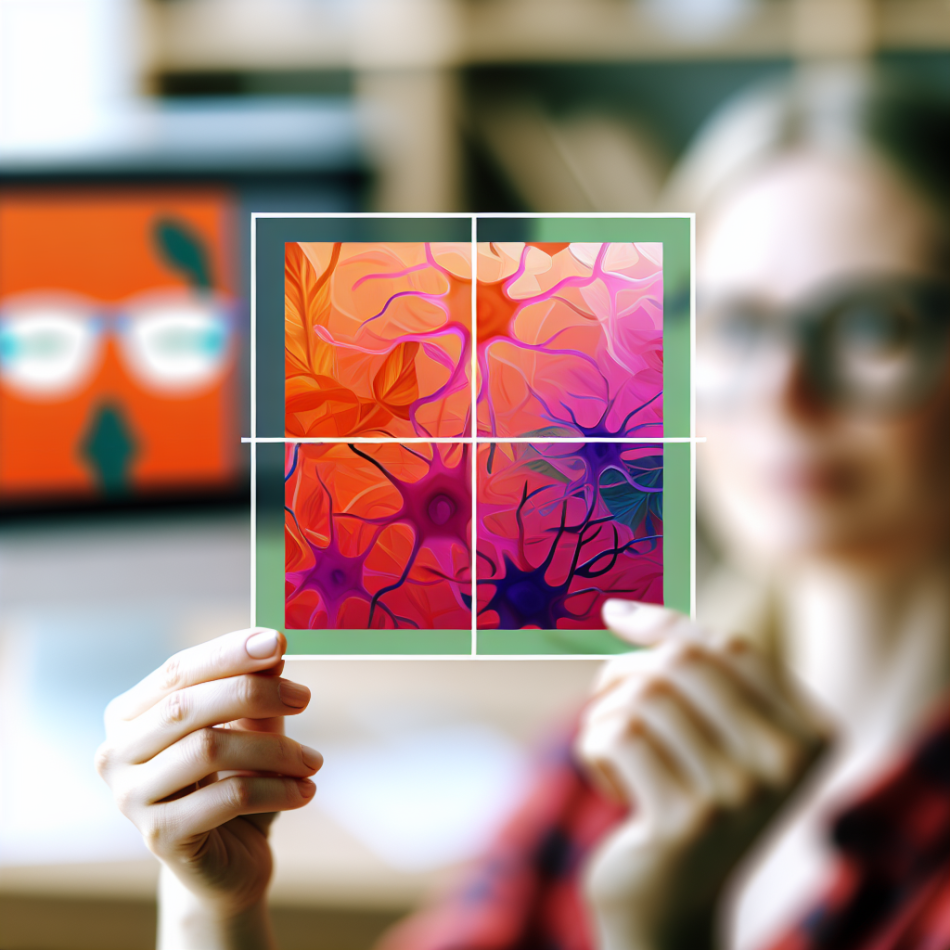Neurodivergent, Neurotypical, Neurodiverse: Untangling the Terminology
In recent years, terms like neurodivergent, neurotypical, and neurodiverse have surged into public discourse. Yet, confusion persists about what they mean and how to use them correctly. This article demystifies these concepts, exploring their origins, definitions, and implications. Whether you’re new to neurodiversity or seeking clarity, we’ll guide you through the terminology to foster understanding and inclusivity.
Understanding Neurodiversity: The Foundation
The term neurodiversity originated in the late 1990s, coined by sociologist Judy Singer. It challenges the notion that neurological differences—like autism, ADHD, or dyslexia—are inherently deficits. Instead, it frames them as natural variations in human cognition. Think of it as biodiversity for brains: just as ecosystems thrive with diverse species, human societies benefit from cognitive differences. Neurodiversity is not a medical term but a social model, emphasising acceptance over cure.
Neurodivergent vs. Neurotypical: Key Definitions
Neurodivergent describes individuals whose brains function differently from what is considered “typical.” This includes conditions like autism, ADHD, dyspraxia, or Tourette’s syndrome. Importantly, neurodivergence isn’t limited to diagnosed conditions—it encompasses anyone whose cognition diverges from societal norms.
Conversely, neurotypical refers to people whose neurological development aligns with dominant societal standards. They don’t experience conditions labelled as neurodivergent. However, neurotypicality isn’t a biological “default”—it’s a social construct shaped by cultural expectations of “normal” behaviour.
Neurodiverse: A Collective Term
While neurodivergent and neurotypical describe individuals, neurodiverse applies to groups. A neurodiverse team, classroom, or community includes people with varied cognitive styles. For example, a workplace might be neurodiverse if it employs autistic programmers, dyslexic designers, and neurotypical managers. Using “neurodiverse” to describe an individual is incorrect—it’s about diversity across a population.
The Social Model vs. The Medical Model
Neurodiversity advocates often critique the medical model, which pathologises neurological differences as disorders needing correction. In contrast, the social model argues that many challenges arise from inaccessible environments, not the differences themselves. For instance, an autistic person might struggle in a noisy office not because of autism, but because employers haven’t provided quiet workspaces. This shift in perspective prioritises accommodation over assimilation.
Why Language Matters
Terms like neurodivergent and neurotypical aren’t just labels—they’re tools for empowerment. Correct usage:
- Avoids stigmatising language (e.g., “suffers from autism” vs. “is autistic”).
- Recognises neurodivergent individuals as experts in their experiences.
- Challenges stereotypes, such as assuming all autistic people lack empathy.
However, preferences vary. Some embrace identity-first language (“autistic person”), while others prefer person-first (“person with ADHD”). When in doubt, ask respectfully.
Common Misconceptions and Pitfalls
Misunderstandings about neurodiversity persist. For example:
- Myth: Neurodivergence is a trend or excuse. Reality: It’s a lived experience with biological roots.
- Myth: Only certain conditions count as neurodivergent. Reality: The term includes any cognitive divergence, even undiagnosed ones.
- Myth: Neurotypical people are “normal.” Reality: “Typical” reflects societal norms, not superiority.
Avoid conflating neurodivergence with illness or romanticising it as a “superpower.” Balance acceptance with acknowledging real challenges.
Creating Neuroinclusive Spaces
Understanding these terms is a first step; applying them is next. Neuroinclusion involves:
- Flexible environments: Offering noise-cancelling headphones, adjustable lighting, or remote work.
- Clear communication: Avoiding sarcasm or vague instructions if literal communication is preferred.
- Policy changes: Revising hiring practices to accommodate neurodivergent candidates.
Schools and workplaces can adopt universal design principles—structures that benefit everyone, not just neurodivergent individuals.
Conclusion: Embracing Complexity, Fostering Belonging
Clarifying terms like neurodivergent, neurotypical, and neurodiverse is more than semantics—it’s about validation. Neurodiversity reminds us that human cognition is multifaceted, and no single “right” way to think exists. By prioritising accurate language, challenging stereotypes, and designing inclusive spaces, we move towards a society where everyone thrives. Whether you identify as neurodivergent or neurotypical, understanding these concepts enriches our collective humanity.
